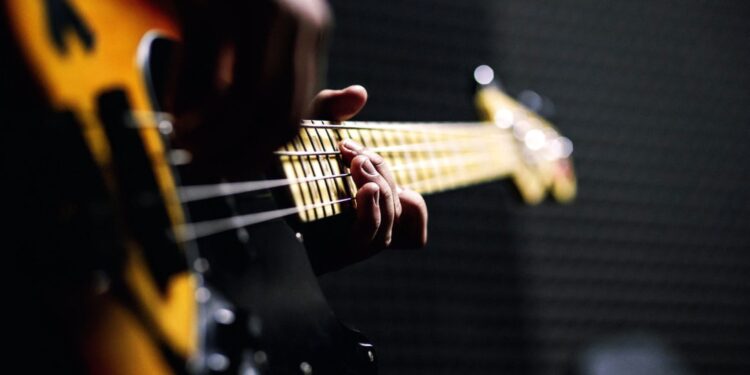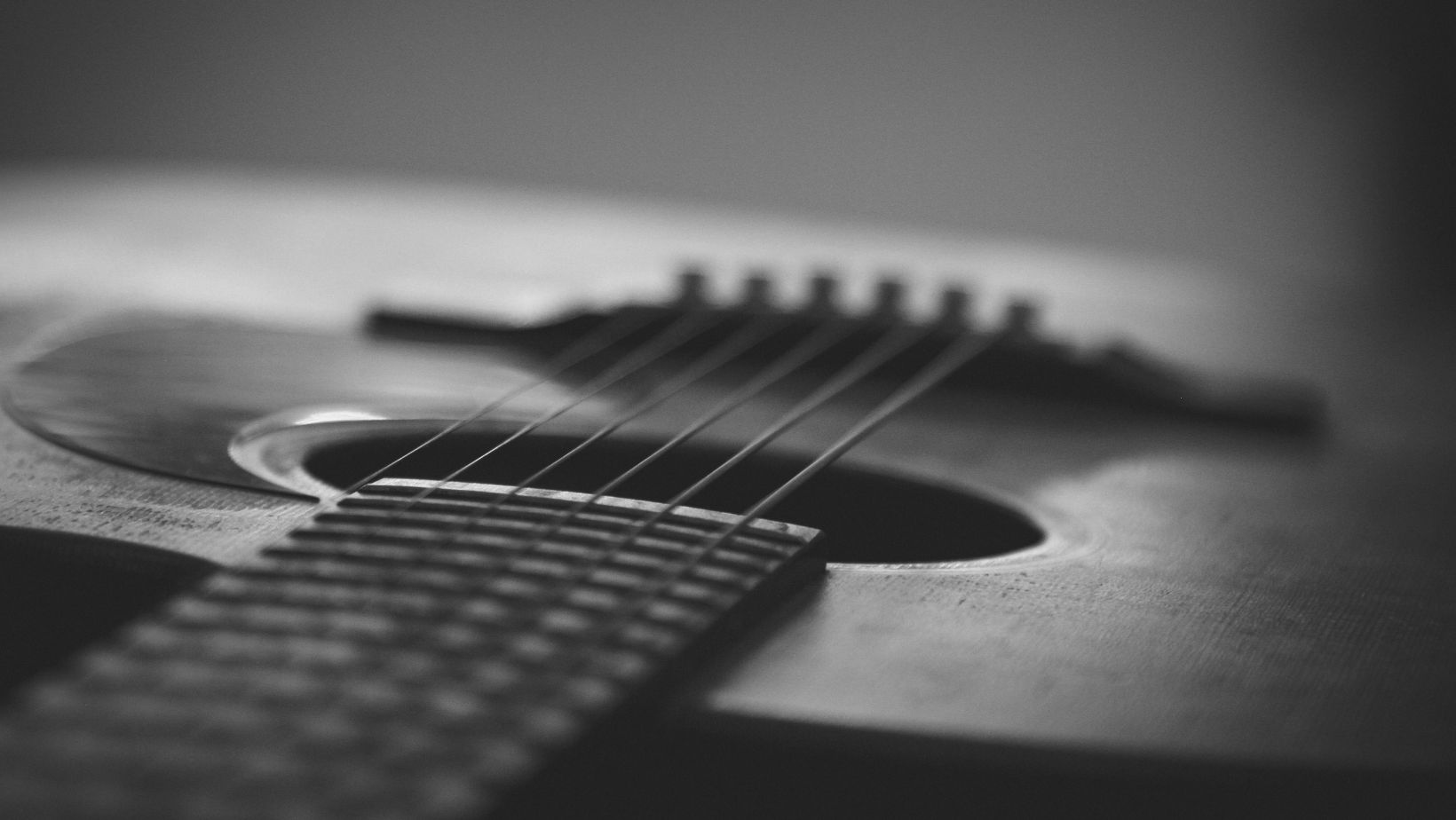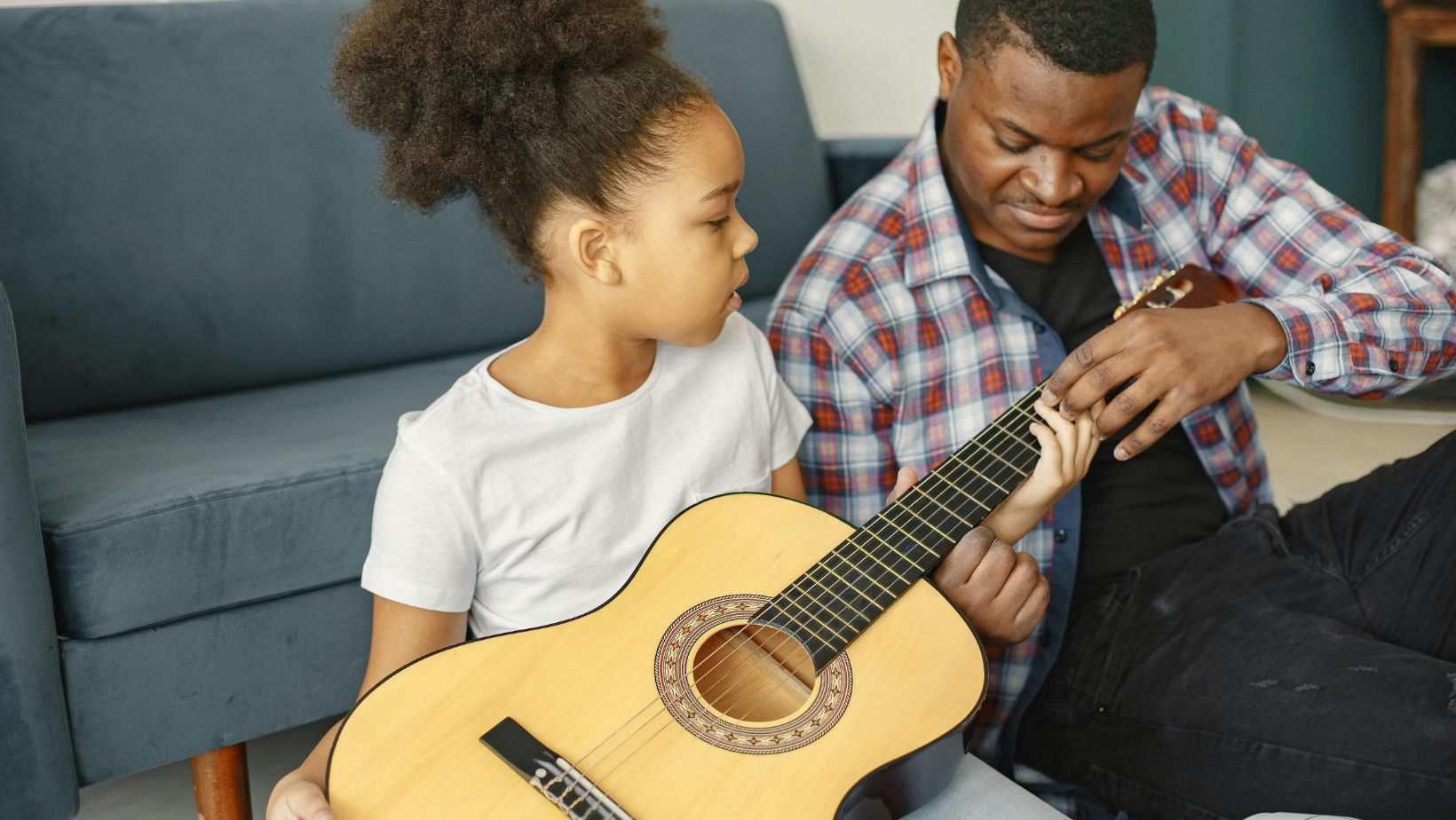Dive into the rhythmic world of Indonesian pop with the catchy tune of Chord Pacarku Tak Ada Di Rumah (My Girlfriend is Not at Home). This song, a delightful blend of melody and harmony, has captivated listeners and inspired aspiring musicians.
Understanding the chords of this song isn’t just about learning to play it. It’s a journey into the heart of Indonesian pop music, a genre that’s as vibrant and diverse as the country itself. This article will break down the chords of Chord Pacarku Tak Ada Di Rumah, offering insights into its musical structure.
Whether you’re a beginner guitarist eager to expand your repertoire or a seasoned player looking to explore new musical landscapes, this guide will help you master the chords and discover the unique charm of Indonesian pop music.
Chord Pacarku Tak Ada Di Rumah
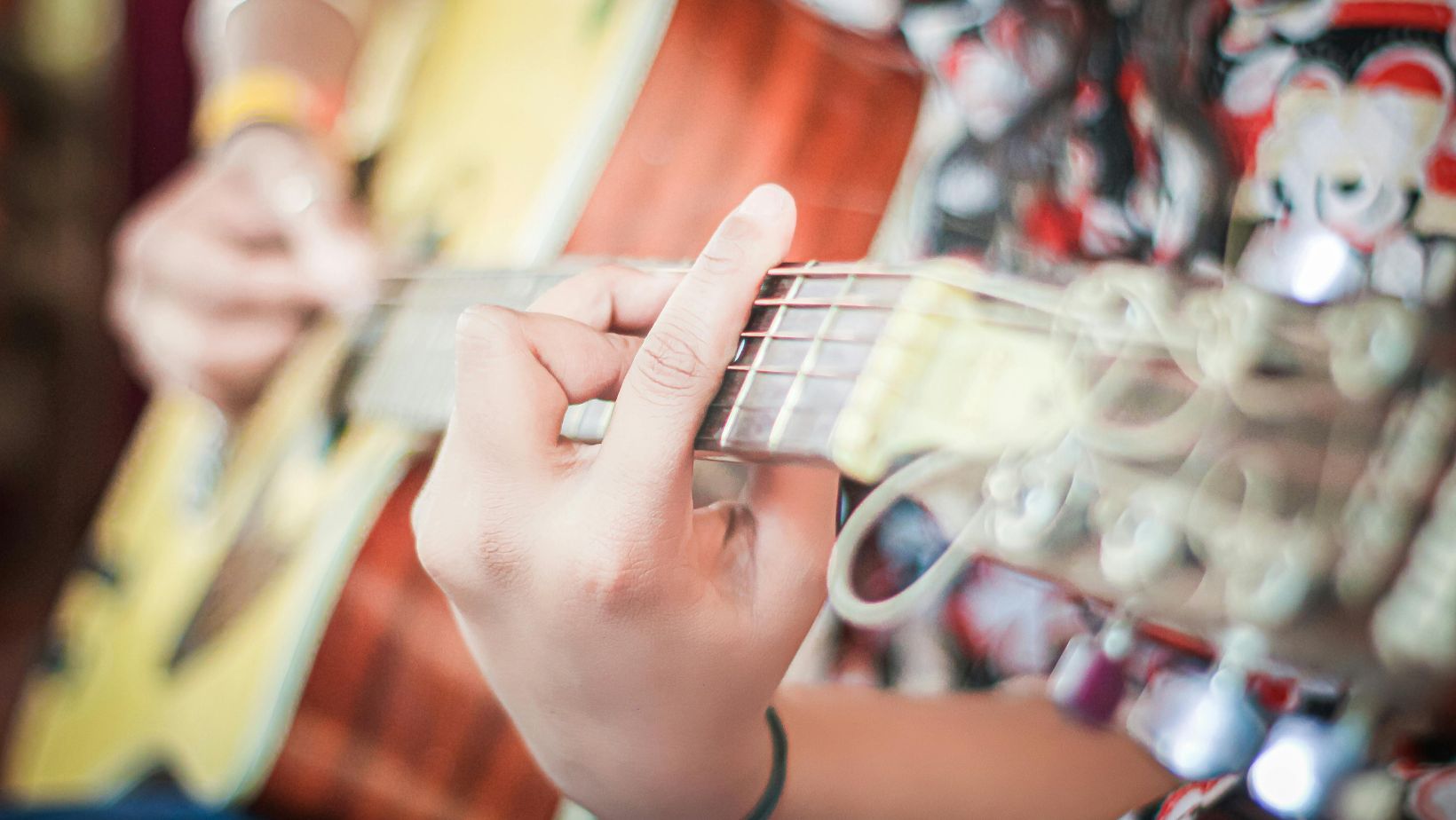
Breaking Down the Chord Pacarku Tak Ada Di Rumah
This section aims to break down the chords of Chord Pacarku Tak Ada Di Rumah, an Indonesian pop sensation. The variety of chords, including E Major, A Major, A7, B Major, and B7, make this song a mix of the straightforward and the complex, opening up a window into the unique soundscapes of Indonesian pop music.
Understanding the Chord Structure
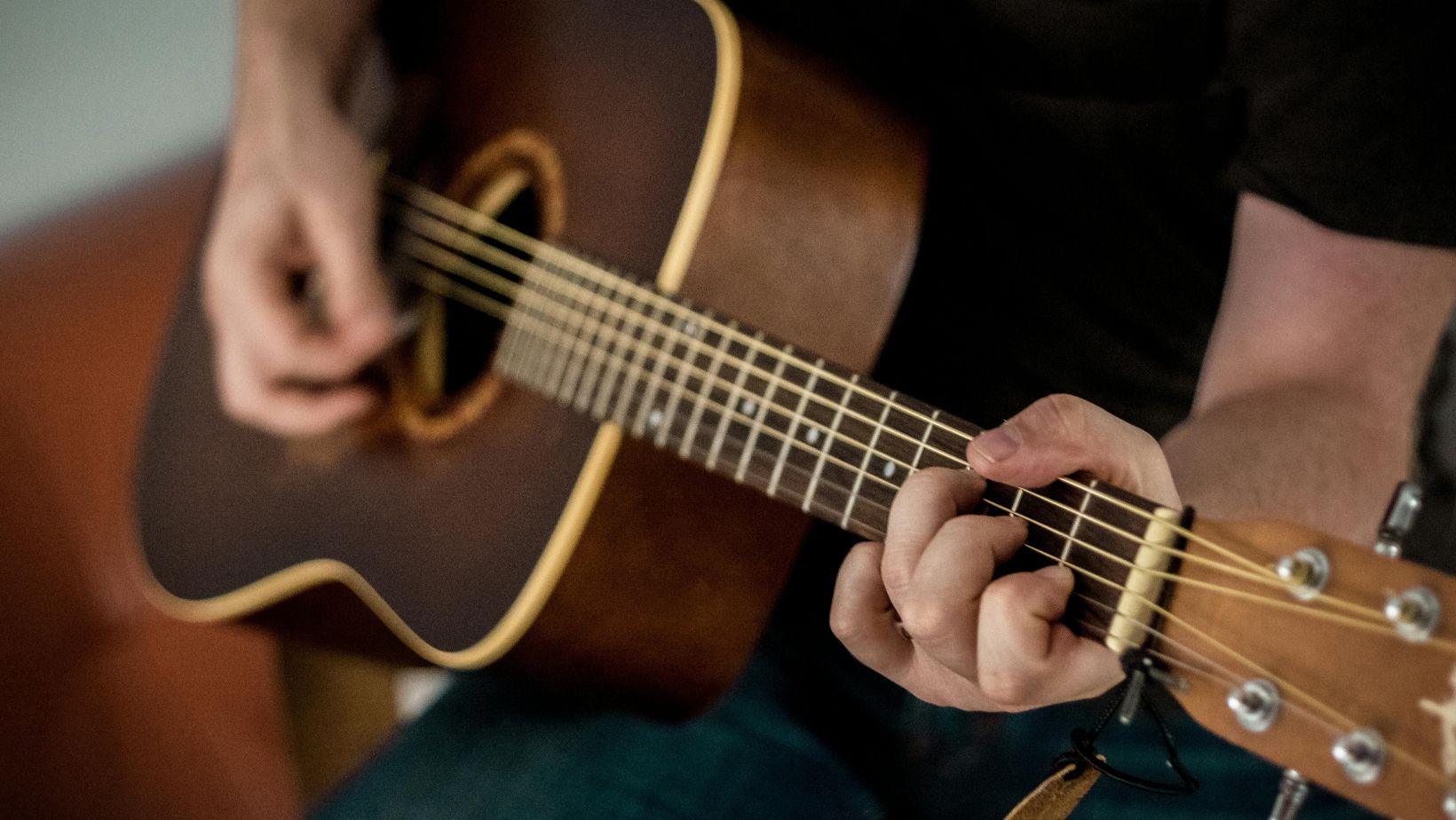
Diving deeper into the technicalities, it’s found that the E Major chord adds a touch of brightness while the counterpoint of the A Major chord brings warmth. The use of A7, which is a dominant chord, creates a sense of anticipation or tension, to be resolved by the upcoming chord, B Major. B7, acting as a transition chord, smoothly links the different sections of the song.
Interpretation of Chord Progressions
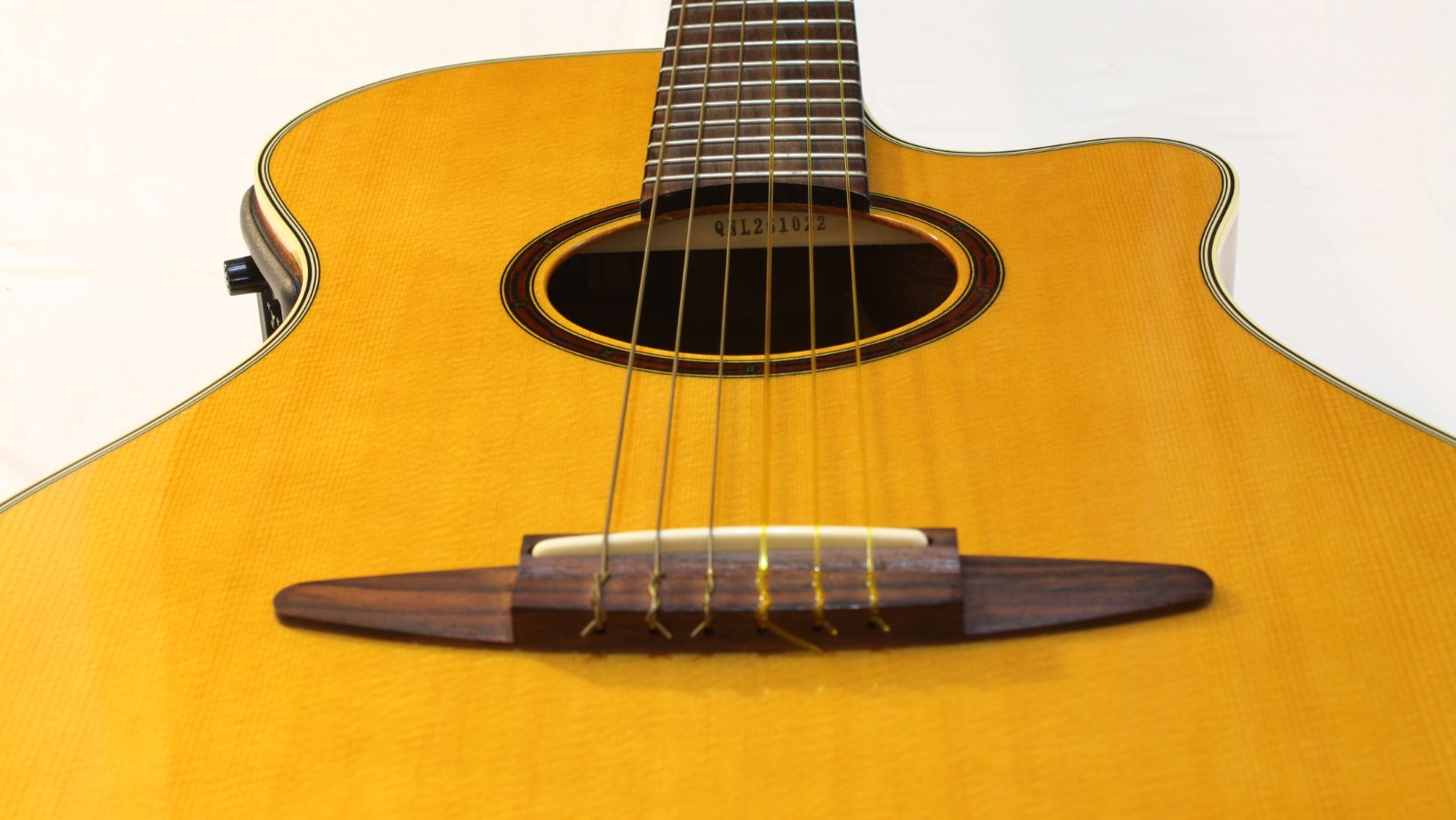
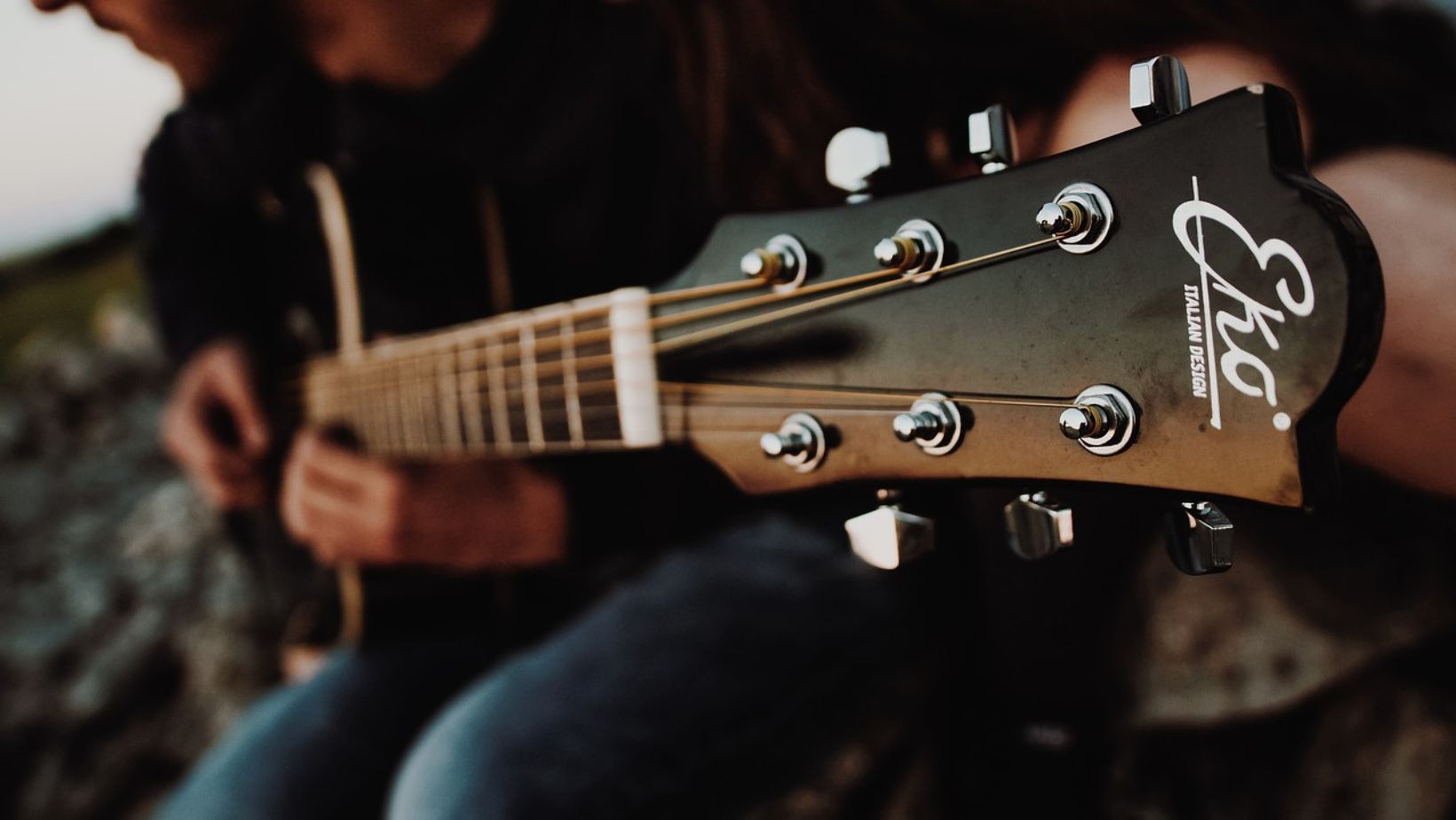
By highlighting complex guitar techniques, the interpretation of chord progressions amplifies the essence of this Indonesian pop hit, thereby reflecting the thought and talent that forms the song’s basis. Understanding these techniques not only provides a more profound appreciation of the song but also contributes to the enrichment of musical knowledge and skills.
Analyzing the Melody and Harmony
The melody and harmony of Chord Pacarku Tak Ada Di Rumah undergo an examination in this section. The interaction between the chords and the melodies they influence and the harmonies they create propels the story of the song forward, enhancing its depth and substance.
Influence of the Chords on the Melody
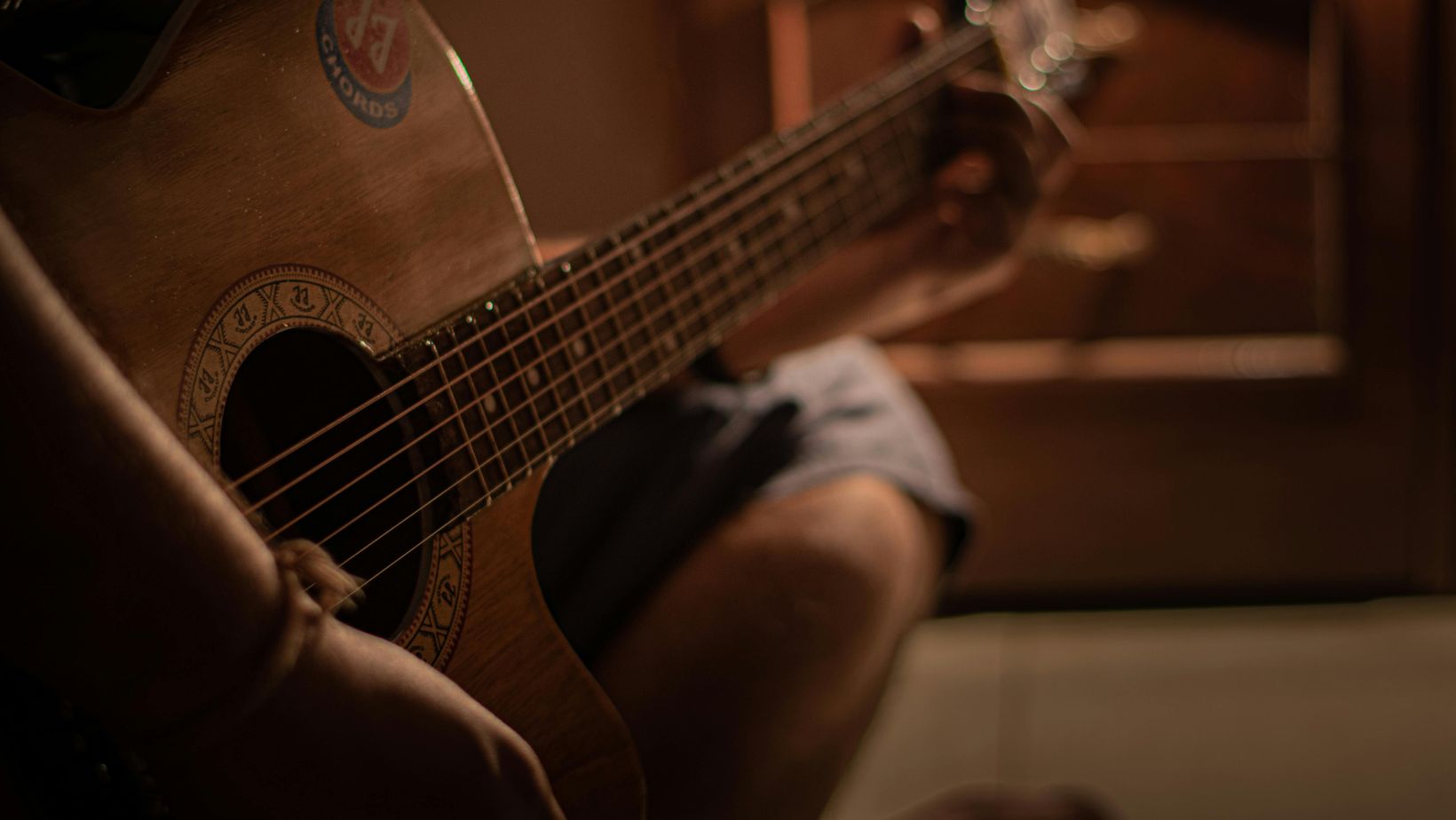
When examining Part B, it incorporates E, A, and B7. Here, especially, chord B7 introduces a tension into the melody before resolving it, providing listeners an enticing musical journey. Specifically, the note F# in the B7 chord deviates from the standard scale of the melody, thereby creating tension before it eventually resolves into the tonic, E. This gives the melody a dynamic twist, keeping listeners engaged through its unexpected harmonic turns.
Role of the Chords in Harmony Creation
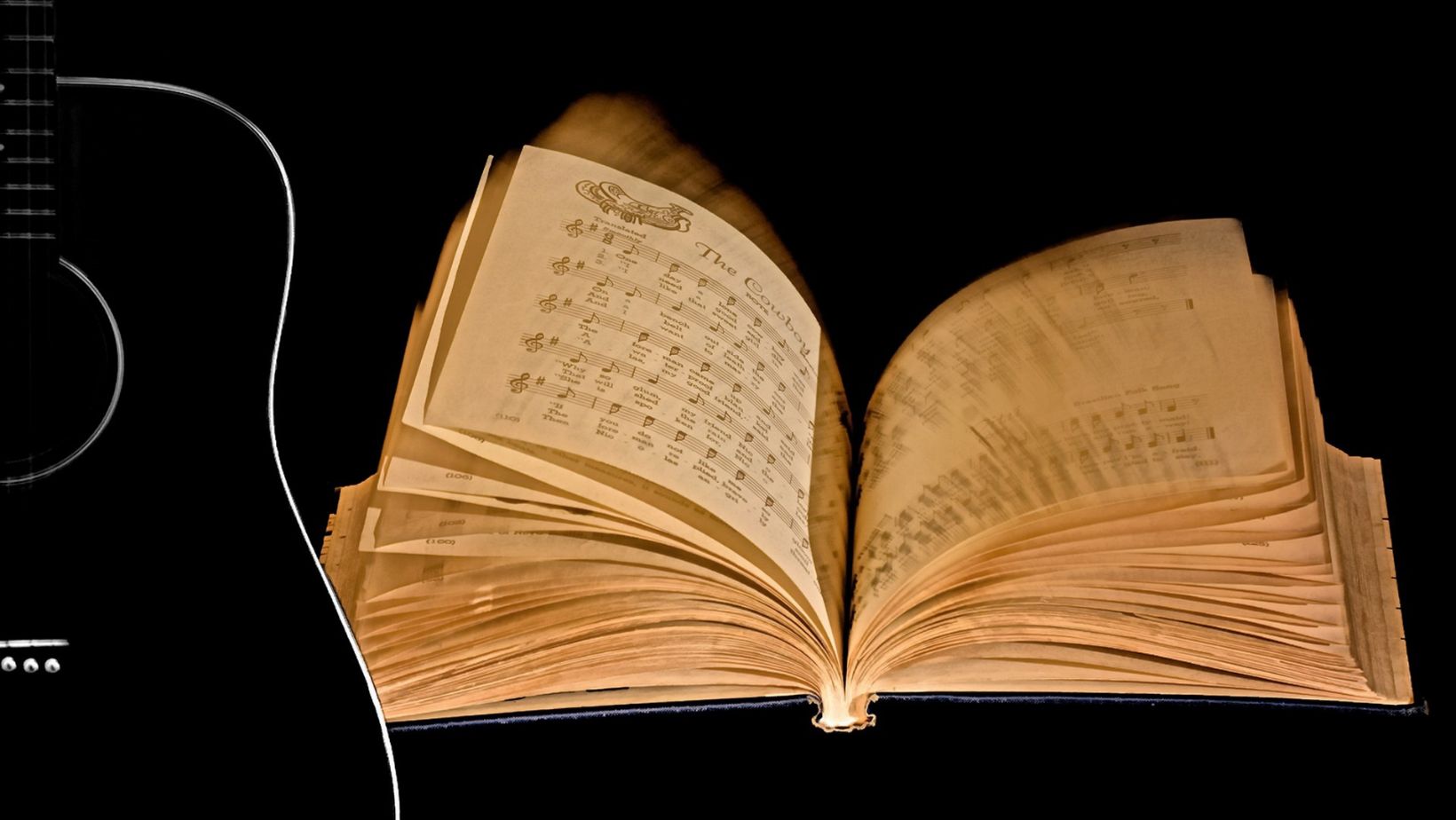
In Part A, chords E, B, A, and A7 harmonize with one another splendidly, resulting in a delightfully uplifting harmonic progression. Here, the switch from B to A7 provides a well-received surprise, as the inclusion of a dominant 7th chord lends dimension to the harmony.
Comparing Chord Pacarku Tak Ada Di Rumah with Other Popular Chords
Comparative Analysis of Chord Structure
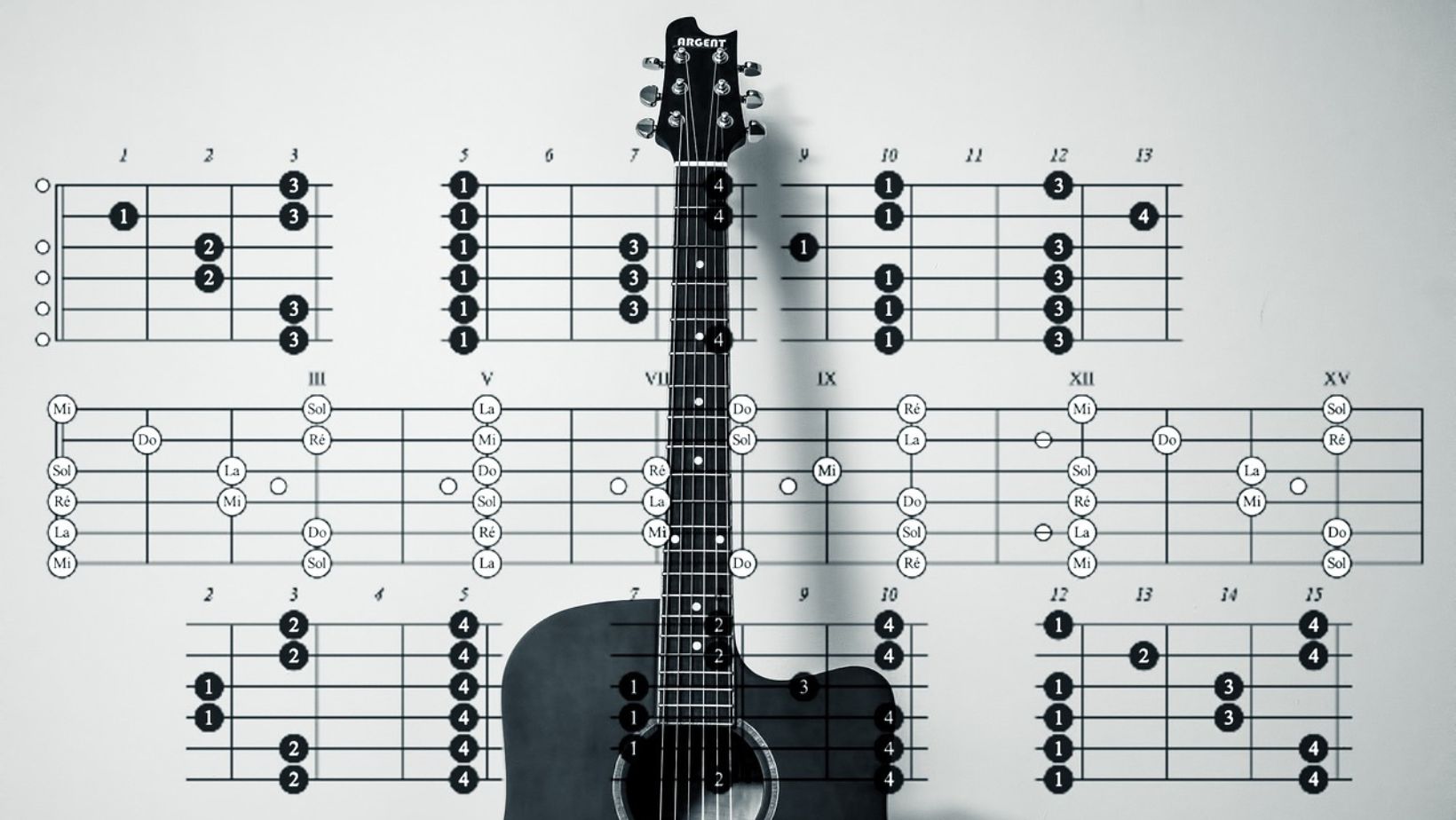
Differences in Melody and Harmony Production
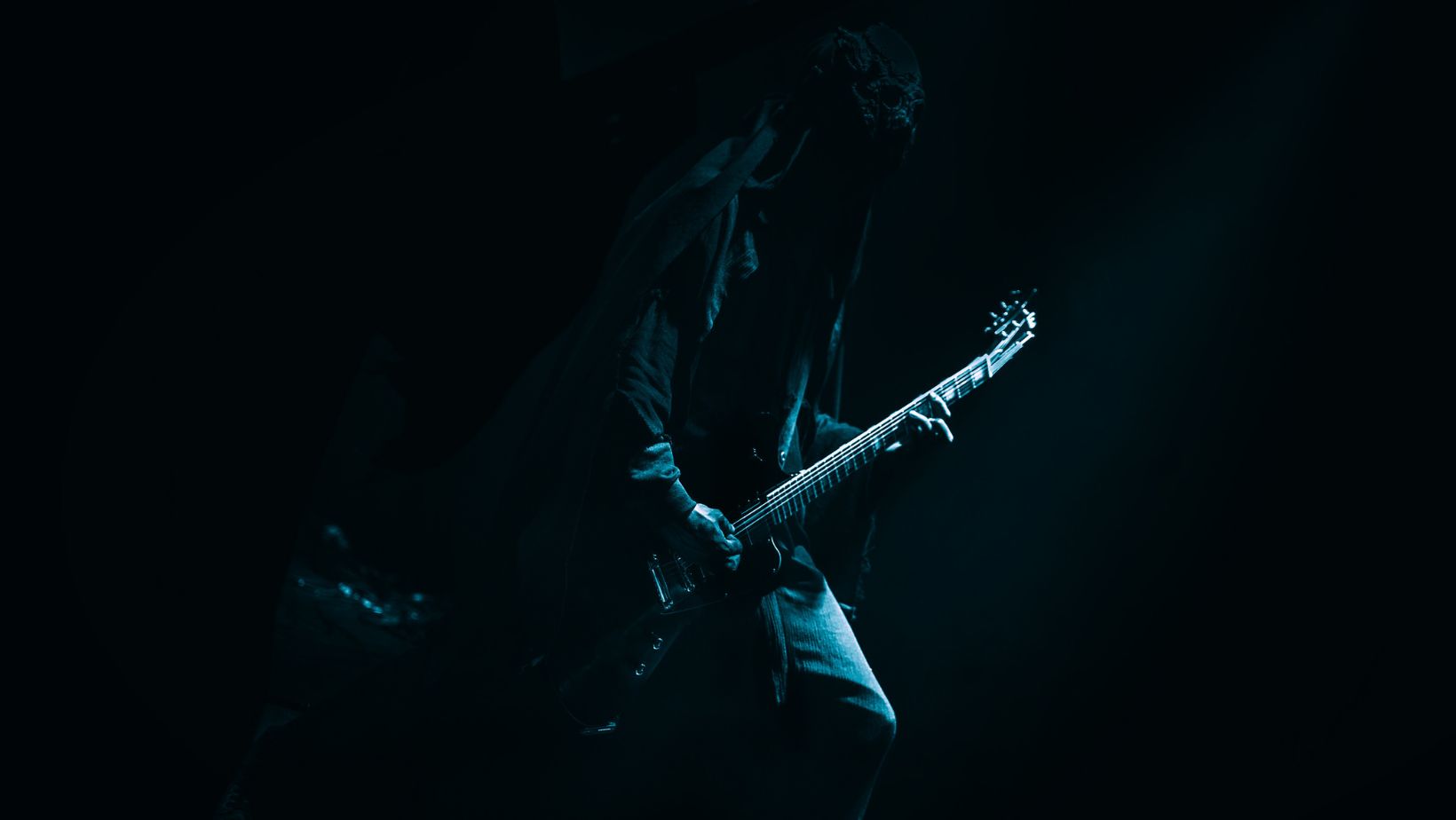
When we consider western pop tunes such as the globally beloved “Someone Like You” by Adele, a striking distinction emerges. The melody, guided by A Major, E/G#, and F# Minor chords, manifests an undulating pattern, fluctuating between highs and lows. This rollercoaster arrangement contributes to a more emotionally charged melody, distinctly highlighting the differences in melody production.
How to Play “Chord Pacarku Tak Ada Di Rumah”
Seamlessly following the previous discourse, this section focuses on practical guidelines to play Chord Pacarku Tak Ada Di Rumah It presents easy-to-follow tips for beginners as well as advanced techniques for experienced players, highlighting different ways to enhance the performance of this Indonesian pop song.
Tips for Beginners
Practicing chord transitions stands as a prerequisite for newcomers aiming to master any song, Chord Pacarku Tak Ada Di Rumah being no exception. Particularly, practice makes perfect when transitioning between the E Major and A Major chords—as per the song’s composition.
Advanced Techniques for Experienced Players
On the other hand, experienced players might opt for injecting more intricacy into the song’s presentation, such as implementing barre chords—E Major and B Major in particular—instead of the regular open chords. Barre chords offer a richer, fuller sound, thereby elevating the song’s depth.


